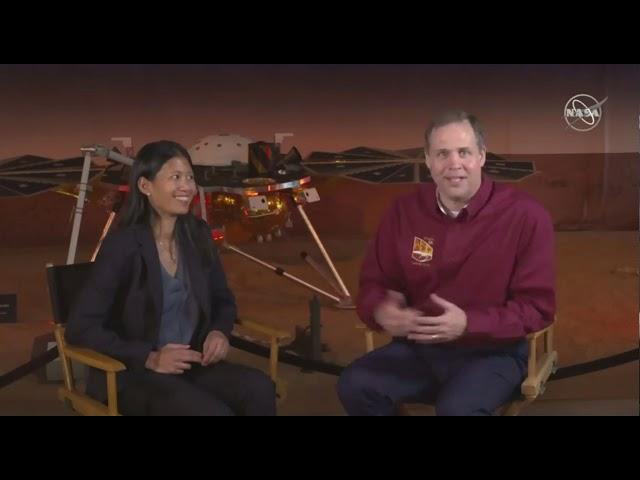NASA Outlines New Lunar Science, Human Exploration Missions
Table of Notional Launches in NASA's Exploration Campaign
Credits: NASA
Each focus area has a set of objectives:
Low-Earth orbit objectives:
End direct support to ISS by 2025 while stimulating commercial industry to develop capabilities NASA and private sector can utilize and meet NASA’s exploration risk mitigation and science requirements.
Starting in 2018, increase the breadth and depth of commercial and international LEO activities. Specifically:
Offer to expand the International Space Station partnerships to new nations, including new international astronaut visits.
Based on inputs from current ISS partners, commercial, stakeholders to shape the plan for the transition of LEO activities from direct government funding to a commercial basis on independent commercial platforms or a non-NASA operating model for some form of the ISS by 2025.
Expand public-private partnerships to develop and demonstrate technologies and capabilities to enable new commercial space products and services.
Lunar orbit and surface objective:
Establish a long-term presence in the vicinity of and on the Moon, realizing science and human exploration advancement, while also enabling other National and commercial goals.
Lunar orbit objectives:
Conduct the uncrewed SLS/Orion first flight in 2020 to the lunar vicinity.
Conduct a crewed flight sending Americans around the Moon in 2023.
Establish a human tended lunar orbiting platform for crews to visit from earth, to transit to and from the lunar surface, and to depart to and return from Mars.
Develop the Lunar Orbital Platform-Gateway that, at a minimum:
Emplaces a power-propulsion (communications) element (PPE) around the Moon by 2022. The development of this first strategic element will incorporate innovative procurement and partnering strategies, capitalize on US commercial communication satellite capabilities, demonstrate high power solar electric propulsion technology, and provide the critical functionality for the rest of the cislunar orbital platform.
Performs science and technology activities, for example, lunar sample return and the operation of lunar robotic and in-space systems.
Lunar surface objectives:
Orchestrate a lunar robotics campaign with a focus on growing a commercial base of partnerships and activity that can support U.S. science, technology, and exploration objectives. Include international participation, where appropriate.
Support a small commercial lander initiative with an initial strategic presence on the Moon no later than 2020.
Develop (a mid-to-large scale lander initiative working toward human-rated lander. This initiative will focus on enabling commercial and international partnerships.
Support an early science and technology initiative that includes Lunar CubeSats, a Virtual Lunar Institute and other activities.
Further enable and nurture entrepreneurial and commercial market forces that will define long-term human exploration and exploitation of the lunar surface.
Aggressively characterize lunar resources so that their potential future exploitation can be addressed.
Mars and other deep space objectives
Maintain and grow U.S. leadership at Mars with a rover in 2020, as a first step of a sample-return strategy, searching for past life and demonstrating oxygen production. Use this mission as a building block for a subsequent round-trip robotic mission with the historic first launch off another planet and sample return through the lunar gateway and the broader exploration architecture.
Prioritize and guide investments and partnerships in long-pole technology areas and resource characterization needed for the exploration of Mars and other deep space destinations.
Develop standards for human long-duration deep space transportation vehicles.
Cross-cutting objectives:
Establish NASA roles as architect, systems integrator, and expedition lead.
Define an open architecture that meets National objectives, enables its partners, and where appropriate, interfaces with other partner and entities’ goals and objectives
Relatedly, develop system interface standards and requirements designed, where appropriate, for commercial and international collaboration
Seek and develop substantial new international, commercial, and inter-agency partnerships, leveraging current International Space Station (ISS) partnerships and building new cooperative ventures for exploration.
Expand international, commercial, and inter-Agency partnerships on the ISS to provide a proving ground and incubator for new partners while helping to offset the costs of operations.
Expand International, commercial, and inter-Agency opportunities for research and technology development to offset the costs of operations.
Continue US Government research and technology development necessary for the broader Lunar Exploration Campaign.

